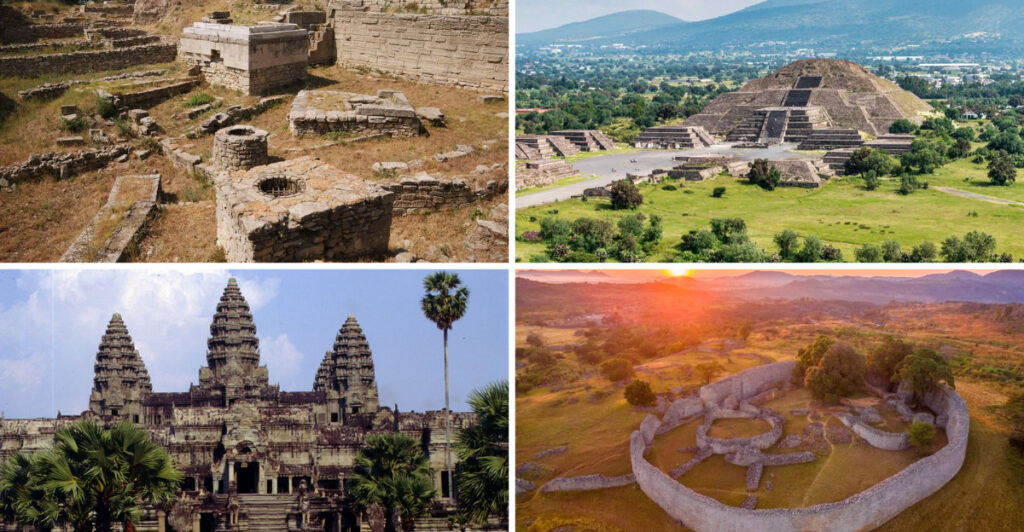Throughout history, many cities have been whispered about in myths and legends, often thought to be mere figments of imagination. However, archaeological discoveries have brought some of these cities into the realm of reality. This blog post explores 21 such ‘mythical’ cities that were found hidden in plain sight, uncovering the mysteries that have fascinated historians and explorers alike.
1. Troy
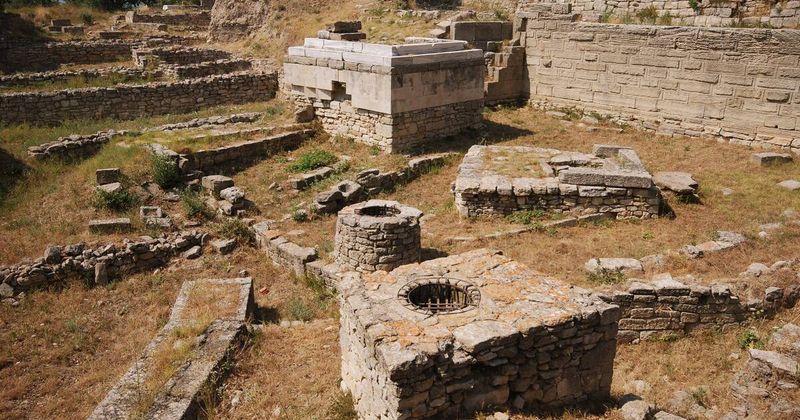
With the tale of the Trojan War echoing through history, Troy was long considered a legendary city. Archaeologists unearthed its ruins in Turkey, revealing layers of a city that thrived over millennia.
This discovery bridged the gap between Homeric epics and reality, showcasing a bustling city that witnessed wars and peace alike.
Troy’s excavations continue to enthrall historians, offering glimpses into ancient civilizations and their narratives.
2. Machu Picchu
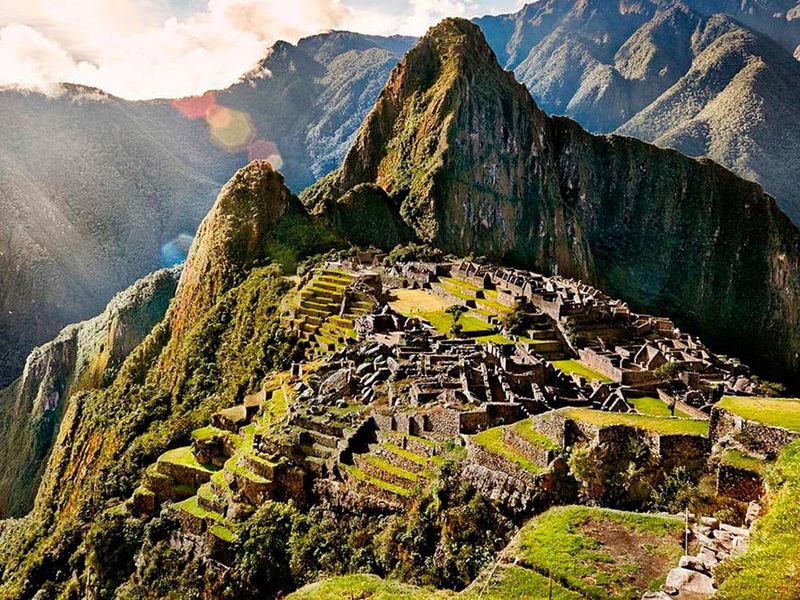
Perched high in the Andes, Machu Picchu was a testament to Incan architectural prowess. Rediscovered by Hiram Bingham in 1911, this city had been concealed by the cloud forest.
Its intricate stone constructions and agricultural terraces demonstrate the ingenuity of the Inca.
Visitors today walk through history, often feeling the mystical aura that surrounds this ancient site.
3. Pompeii
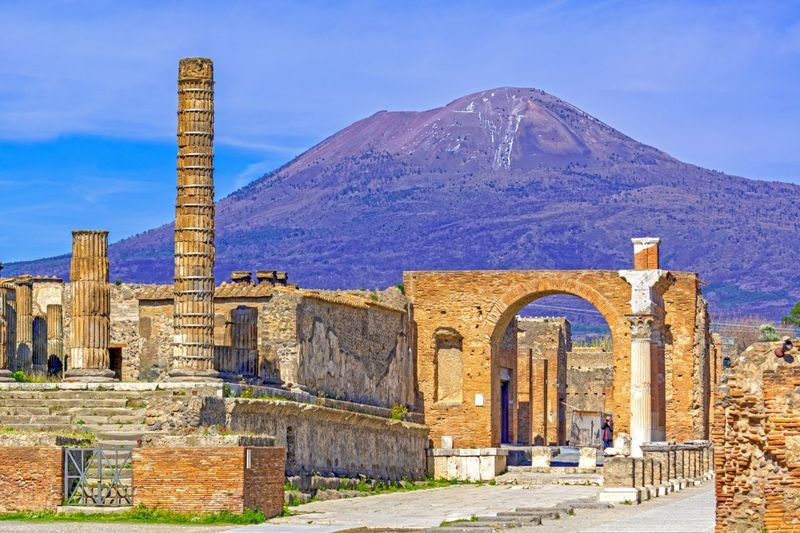
Preserved under volcanic ash, Pompeii offers a snapshot of Roman life in 79 AD. The eruption of Mount Vesuvius buried this vibrant city, preserving everything from frescoes to daily objects.
The excavation revealed a city abruptly paused in its tracks, providing insights into Roman architecture and society.
Walking through Pompeii today feels like stepping back in time, with echoes of ancient Rome in every corner.
4. Petra
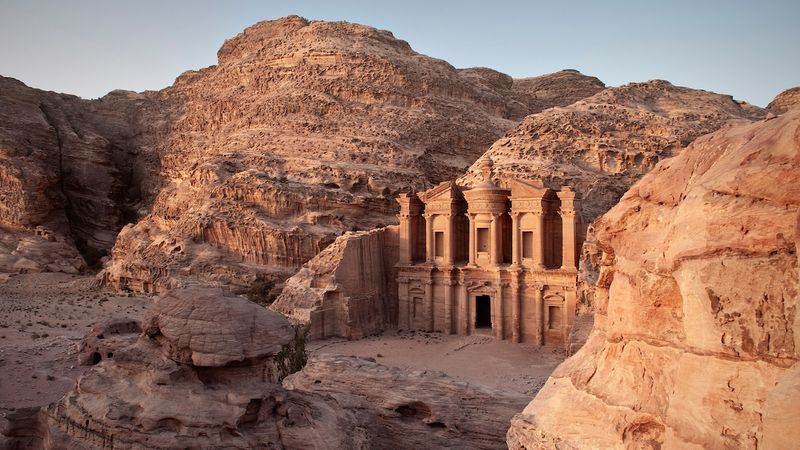
Nestled in the heart of Jordan’s desert, Petra was a thriving trading hub. The Nabataeans carved magnificent structures into rose-hued sandstone, creating an architectural marvel.
Rediscovered in 1812, Petra’s intricate facades and complex water systems highlight the ingenuity of its builders.
The city’s allure lies in its blend of natural beauty and human creativity, attracting explorers and tourists alike.
5. Angkor Wat
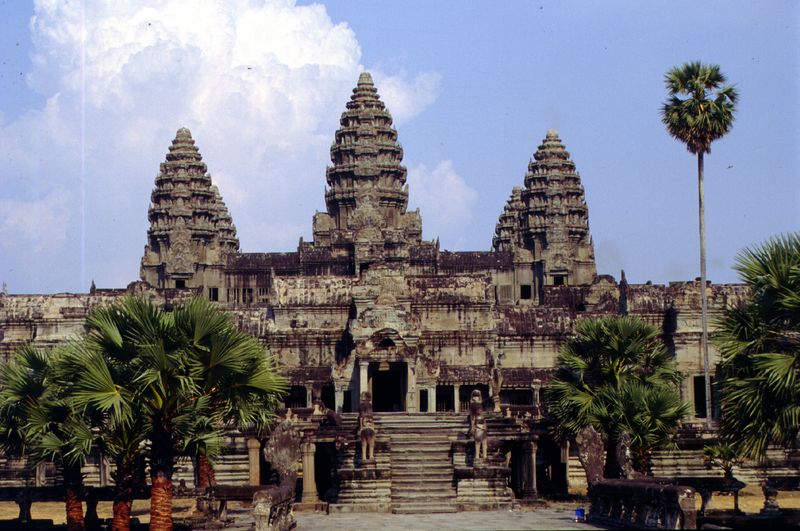
Angkor Wat, the largest religious monument in the world, lay obscured by Cambodia’s jungles. This Khmer Empire capital boasts sprawling temples and intricate bas-reliefs.
Revealed to the world in the 19th century, its grandeur and historical significance continue to captivate archaeologists.
Exploring Angkor Wat is akin to traversing a vivid tapestry of history, art, and religious devotion.
6. El Dorado
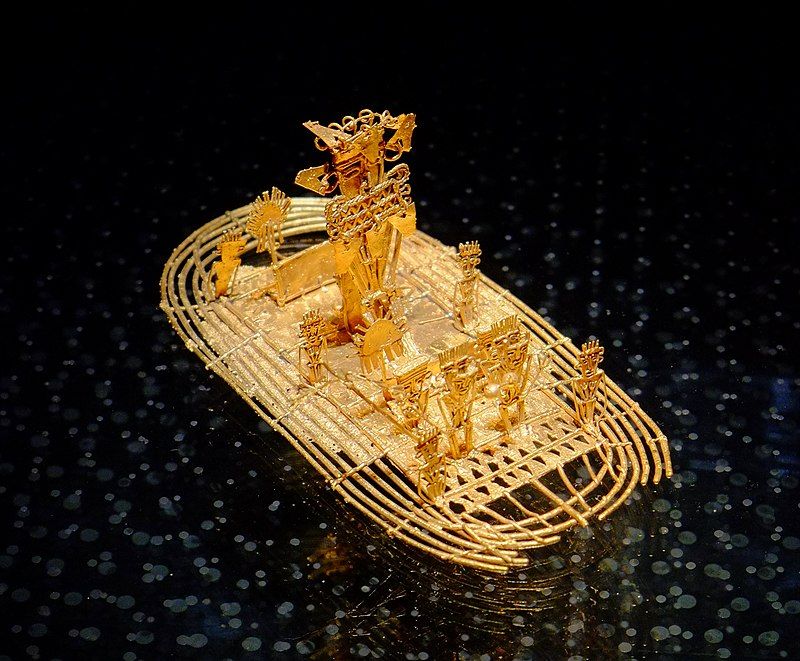
The legendary city of gold, El Dorado, piqued the curiosity of explorers for centuries. While not a city, archaeological findings in Colombia revealed the Muisca’s intricate offerings and rituals believed to inspire the legend.
These discoveries offered insights into ancient practices involving gold, shaping the myth of El Dorado.
The quest for El Dorado symbolizes humanity’s relentless pursuit of wealth and mystery.
7. Atlantis
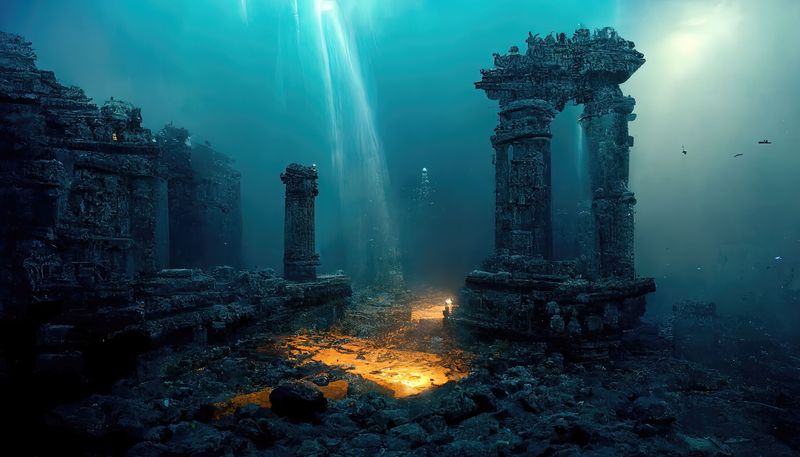
Atlantis, the fabled sunken city, has intrigued scholars and dreamers alike. While its existence remains unconfirmed, underwater ruins off the coast of Greece and the Caribbean reignite debates.
These submerged structures fuel speculation about lost civilizations and the truth behind Plato’s tales.
Atlantis remains a symbol of human curiosity, where history, myth, and exploration converge.
8. Teotihuacan
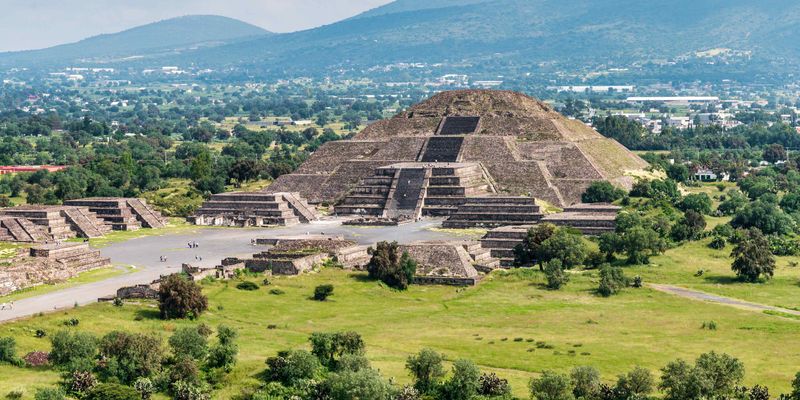
Known as the ‘City of the Gods,’ Teotihuacan is a marvel of ancient Mexico. Its origins cloaked in mystery, the city features grand pyramids and sophisticated urban planning.
The site was rediscovered by the Aztecs, who marveled at its scale and design.
Teotihuacan’s legacy endures through its influence on Mesoamerican cultures, captivating archaeologists with every excavation.
9. Great Zimbabwe
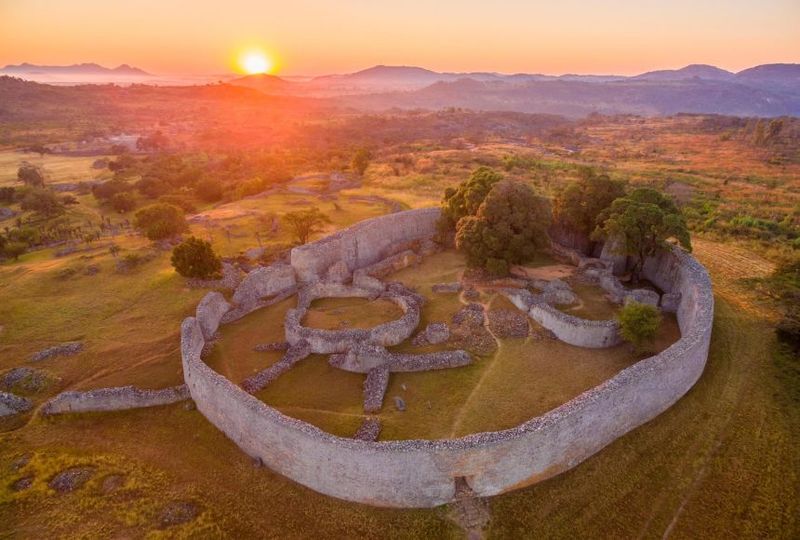
Great Zimbabwe, an ancient city of stone, stood as a testament to Sub-Saharan Africa’s architectural achievements. Its massive walls and towers were hidden in the modern-day Zimbabwean landscape.
Archaeological work revealed a thriving trade center that connected Africa to distant regions.
Great Zimbabwe challenges preconceived notions about African history and civilizations.
10. Carthage
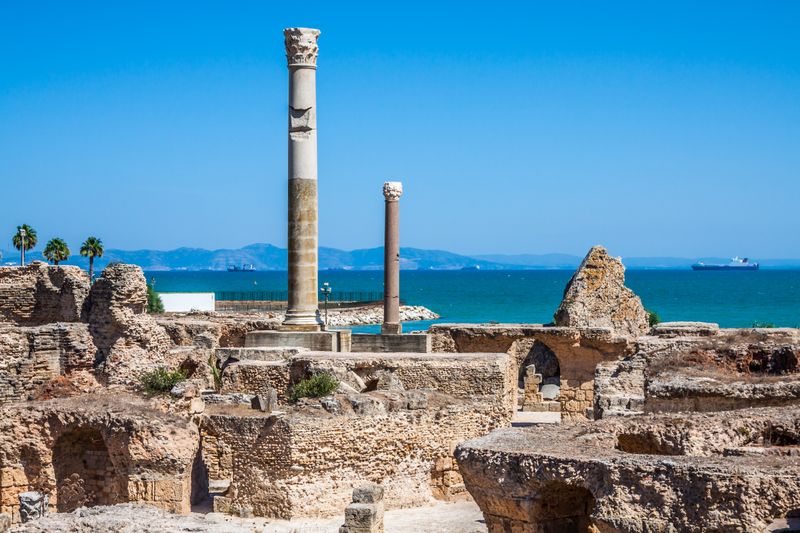
Once a dominant power in the Mediterranean, Carthage was rediscovered near modern-day Tunis. Its strategic location and wealth made it a rival to Rome.
Excavations unearthed impressive structures that narrate tales of commerce, war, and culture.
Carthage’s legacy lives on, a reminder of ancient conflicts and the resilience of civilizations.
11. Knossos
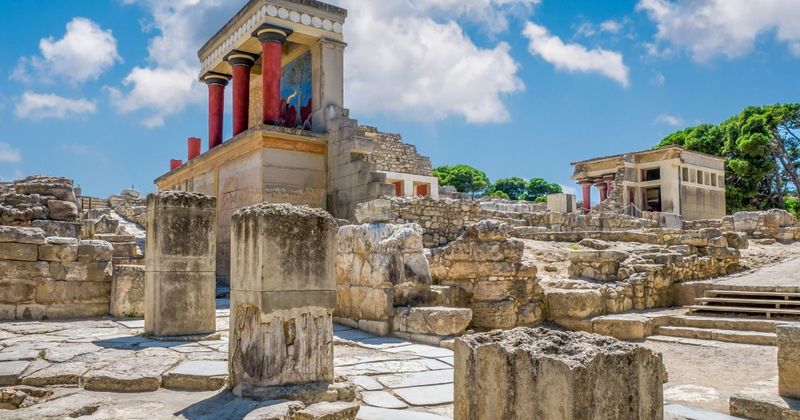
The legendary city of Knossos, home to King Minos and the Minotaur, was uncovered on Crete. Its labyrinthine palace inspired the myth of the Labyrinth.
Archaeologists uncovered vivid frescoes and complex infrastructure, revealing a sophisticated Minoan society.
Knossos continues to enchant visitors with its blend of myth and reality, artfully captured in stone and paint.
12. Babylon
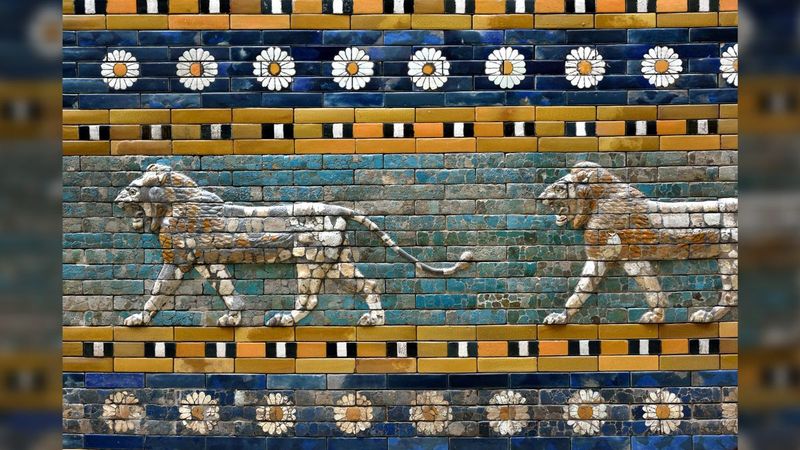
Babylon, with its Hanging Gardens, was a city of legend and grandeur. Its archaeological rediscovery in Iraq unveiled remnants of a civilization known for its contributions to law and astronomy.
The Ishtar Gate stands as a testament to Babylon’s architectural prowess and cultural influence.
Babylon’s history embodies the rise and fall of empires, with echoes of its glory still resonating today.
13. Çatalhöyük
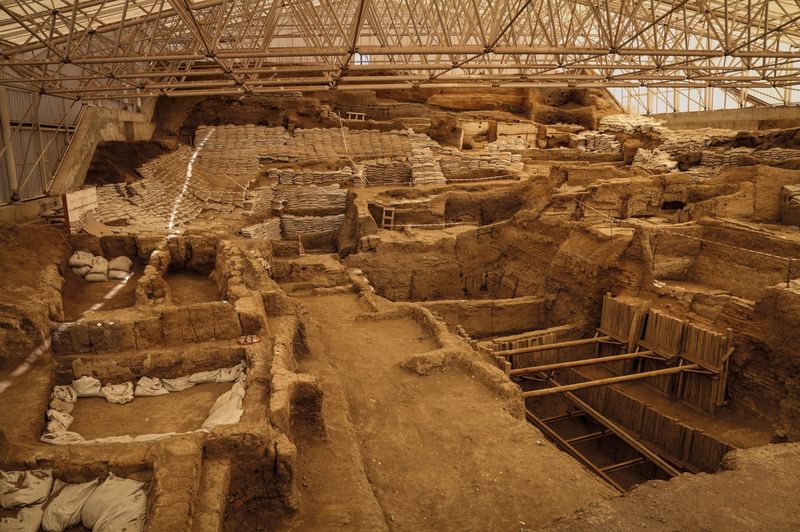
Çatalhöyük, one of the earliest urban centers, offers a glimpse into Neolithic life. Its discovery in Turkey revealed densely packed mud-brick houses and vibrant murals.
The site’s unique layout, with interconnected homes and no streets, challenges conventional urban planning concepts.
Çatalhöyük continues to inform our understanding of early human settlements and social structures.
14. Herculaneum
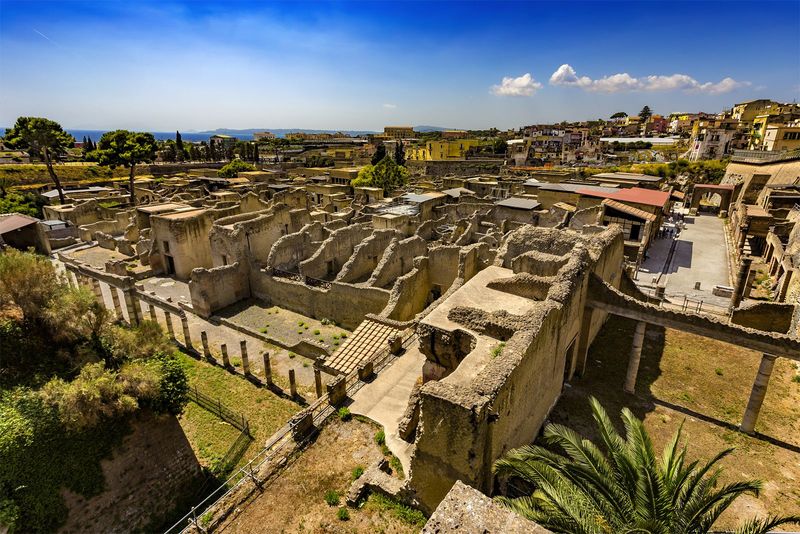
Like Pompeii, Herculaneum was preserved by Mount Vesuvius’ fury. The pyroclastic surge fossilized this affluent Roman town, with villas and artifacts frozen in time.
Excavations revealed lavish homes adorned with mosaics and frescoes, offering insights into Roman luxury and lifestyle.
The eerie silence of Herculaneum tells tales of a vibrant life abruptly halted.
15. Lothal
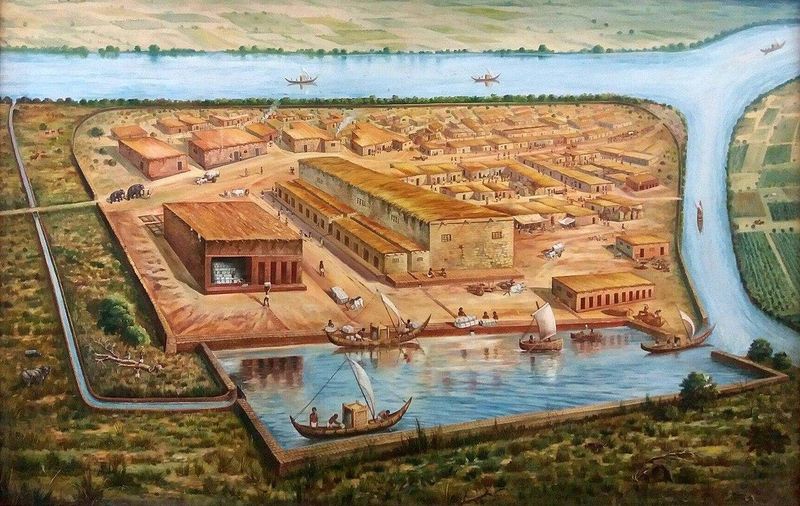
Lothal, a city of the Indus Valley Civilization, was a hub of maritime trade. Its well-planned dockyard and intricate drainage system were buried under layers of silt.
Excavations in India unearthed beads, pottery, and seals, revealing a city that thrived on trade and industry.
Lothal’s discoveries underscore the ingenuity and reach of ancient South Asian societies.
16. Göbekli Tepe
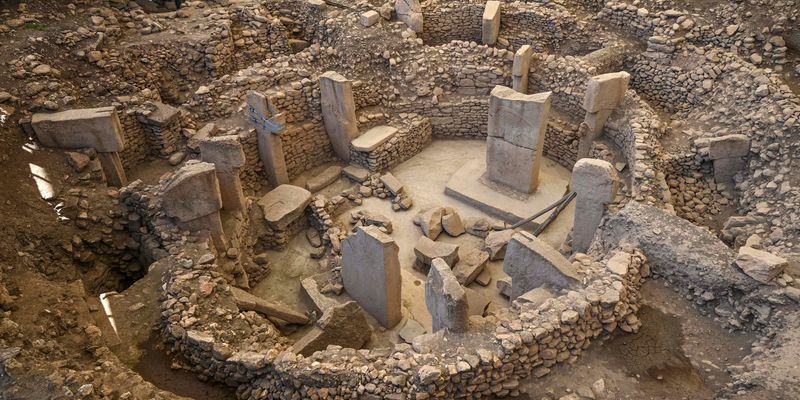
Göbekli Tepe, often dubbed the world’s oldest temple, challenges our understanding of prehistoric societies. Discovered in Turkey, its massive stone pillars predate Stonehenge.
Intricate carvings and circular enclosures suggest a site of ritual significance, revealing a complex social structure.
Göbekli Tepe reshapes our narrative of human history, offering clues to early spiritual practices.
17. Mesa Verde
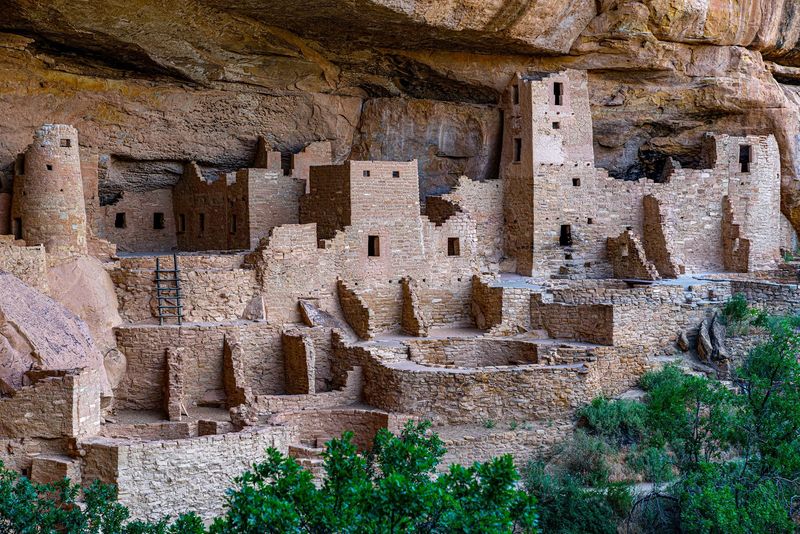
Mesa Verde, home to the Ancestral Puebloans, is renowned for its cliff dwellings. Rediscovered in Colorado, these structures provide insights into a society adept at adapting to challenging environments.
The stone and adobe dwellings speak of a community that thrived through ingenuity and resilience.
Exploring Mesa Verde is a journey into the lives of a people intertwined with the land.
18. Ephesus
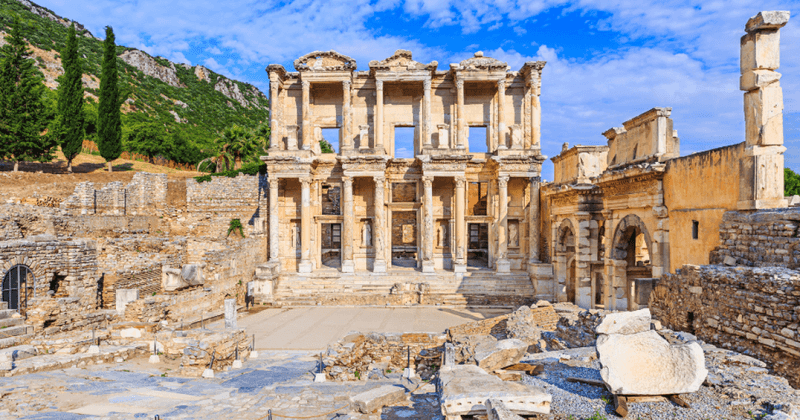
Ephesus, a city of classical antiquity, was famous for the Temple of Artemis. Rediscovered in Turkey, its ruins include the iconic Library of Celsus and an ancient theater.
Ephesus’ excavations reveal a metropolis that was a hub of commerce and culture in the Roman era.
Walking through Ephesus is akin to traversing the corridors of ancient history and civilization.
19. Leptis Magna
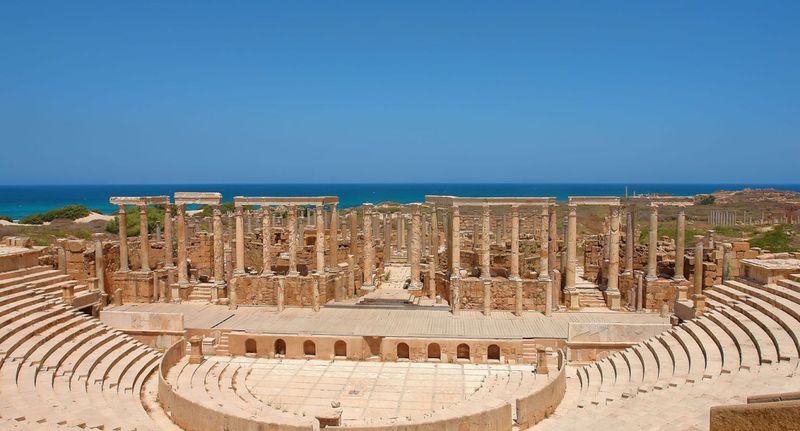
Leptis Magna, one of the great cities of the Roman Empire, lay hidden amid Libya’s sands. Its rediscovery revealed grand forums, basilicas, and an impressive amphitheater.
The city’s architecture showcases the blend of Roman and native influences, narrating tales of prosperity and decline.
Leptis Magna stands as a testament to Rome’s far-reaching empire and its enduring legacy.
20. Tikal
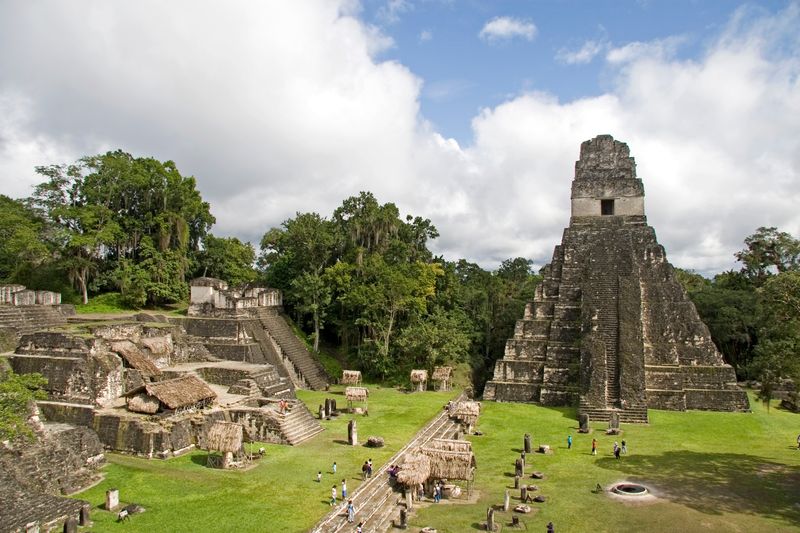
Tikal, a jewel of the Mayan civilization, was enveloped by the Guatemalan rainforest. Rediscovered in the 19th century, its towering pyramids and plazas speak of a powerful city-state.
The site’s intricate carvings and vast structures reflect the Mayans’ advanced knowledge of astronomy and mathematics.
Tikal remains a beacon of Mayan achievement, inspiring awe and intrigue among visitors and scholars.
21. Persepolis
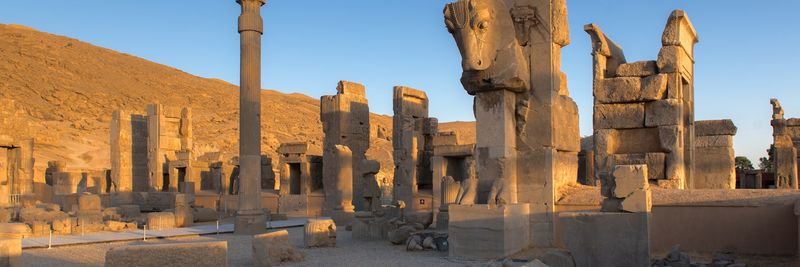
Persepolis, the ceremonial capital of the Persian Empire, was a city of opulence and grandeur. Rediscovered in Iran, its palatial complexes and reliefs depict scenes of imperial splendor.
The city’s destruction by Alexander the Great adds a layer of historical intrigue to its ruins.
Persepolis remains a symbol of Persian might and architectural innovation, attracting historians and travelers alike.

